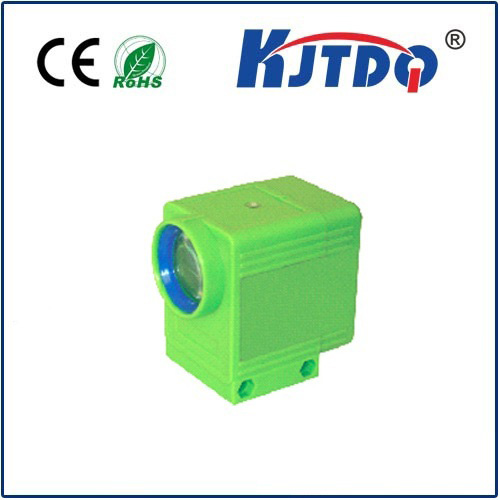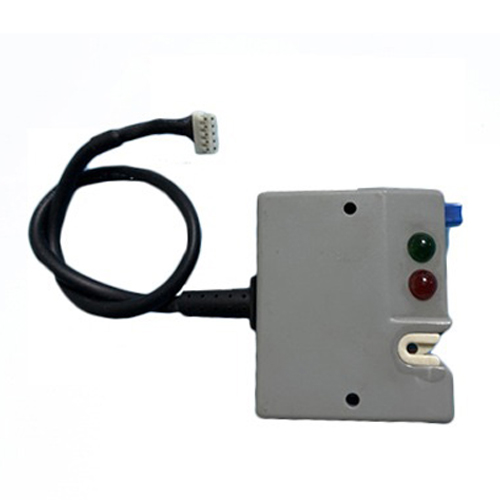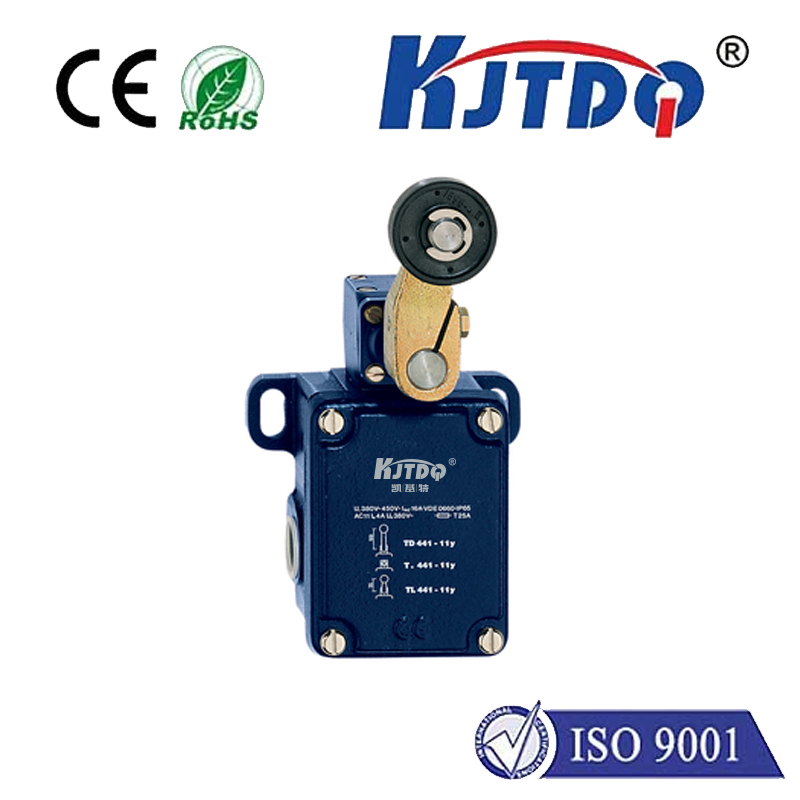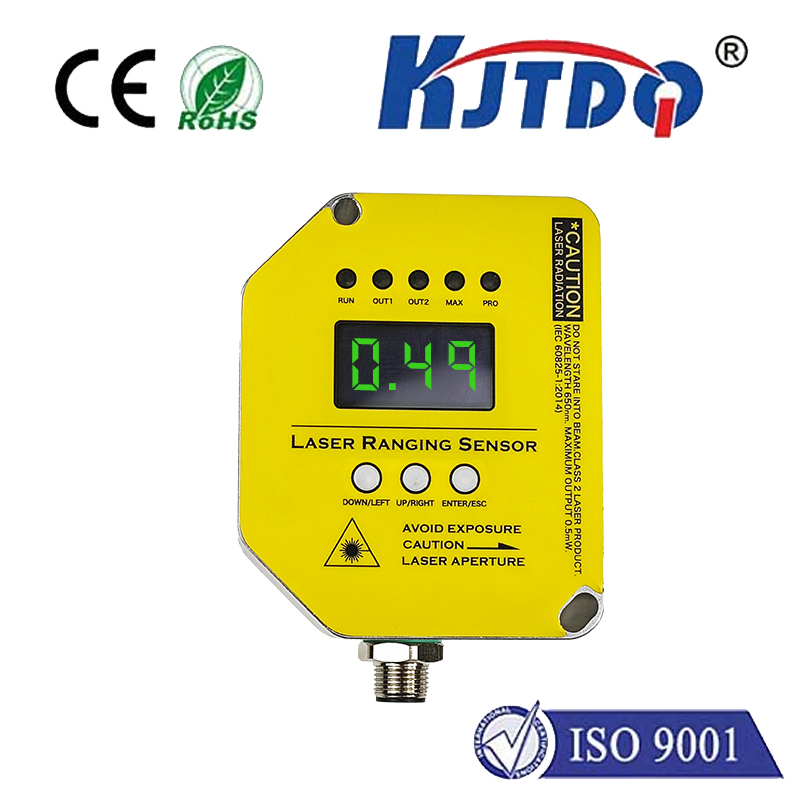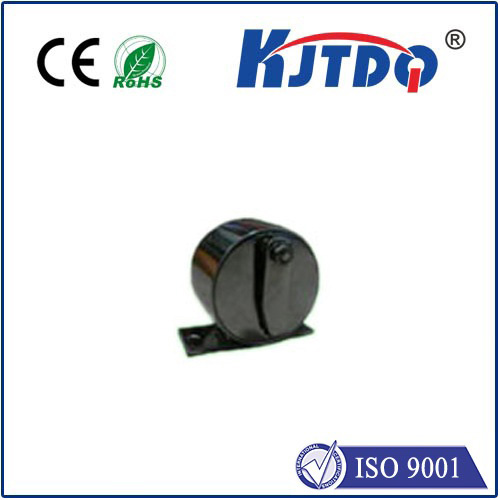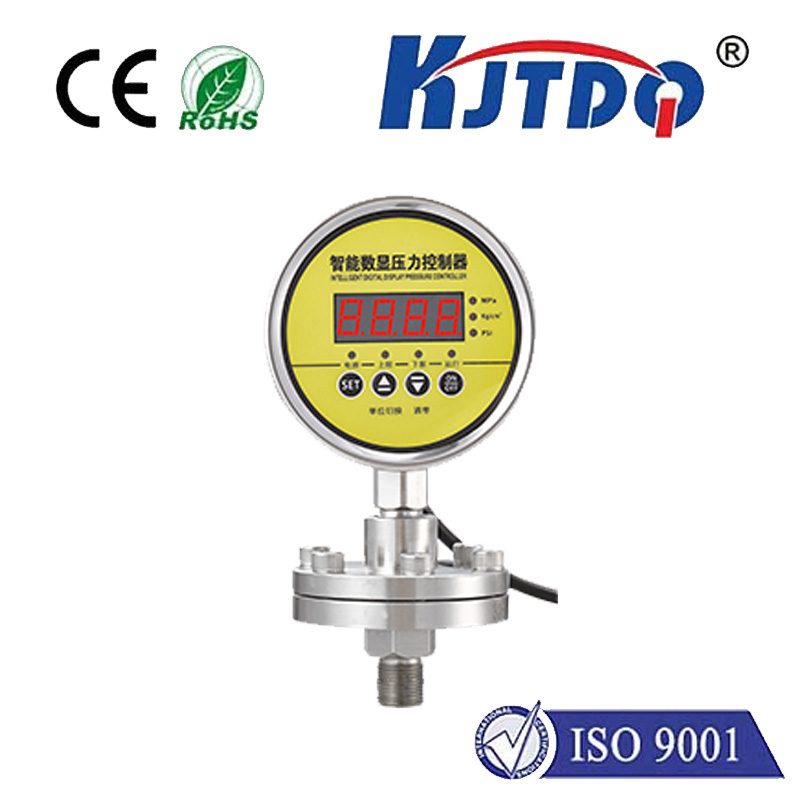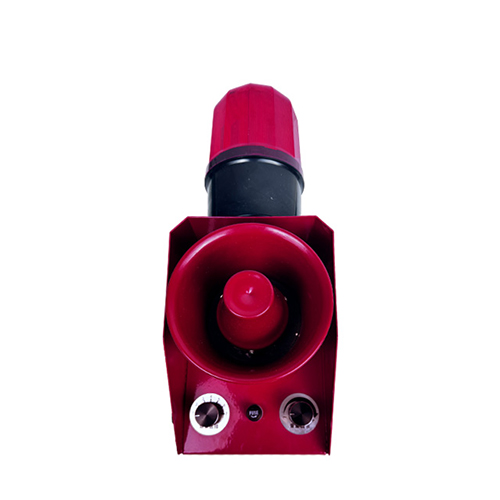photoelectric beam sensor
- time:2025-09-10 19:13:43
- Click:0
The Unseen Guardians: How Photoelectric Beam Sensors Power Modern Automation & Safety
Imagine this: A high-speed conveyor belt whisks packages towards a sorting machine. One misaligned box threatens to jam the delicate mechanisms, potentially causing costly downtime or damage. But before calamity strikes, an invisible beam silently detects the obstruction. Instantly, the system halts, preventing disaster. This is the unseen power of the photoelectric beam sensor, a fundamental technology silently orchestrating efficiency and safety across countless industries.
These ingenious devices are the workhorses of non-contact detection. At their core, they operate on a beautifully simple principle: they use light – typically infrared – to determine the presence or absence of an object. A transmitter emits a focused beam of light. A receiver, positioned opposite or nearby depending on the sensor type, constantly monitors the intensity of that light. When an object interrupts the beam, the receiver detects the change in light level and triggers an electrical output signal. This signal becomes the crucial input for automated control systems, safety interlocks, or counting mechanisms.
Understanding the Key Types:
Photoelectric sensing isn’t a one-size-fits-all solution. Different configurations tackle diverse challenges:
- Through-Beam (Opposed Mode): The gold standard for long-range and high-reliability detection. The transmitter and receiver are separate units facing each other. The object breaks the direct path of the beam between them. This method offers the longest sensing ranges (easily meters) and is highly immune to environmental factors like target color, reflectivity, or ambient light interference. It’s ideal for detecting objects on large conveyors, monitoring doorways, or safeguarding hazardous areas.
- Retro-Reflective (Reflex Mode): Here, both the transmitter and receiver are housed in the same unit. The emitted beam is aimed at a special reflector (like a corner-cube prism) placed opposite the sensor. The reflector sends the beam directly back to the receiver within the sensor. When an object breaks this reflected beam, detection occurs. This simplifies wiring as only one unit is mounted at the detection point, but range is typically shorter than through-beam. Reflectors can get dirty, potentially affecting performance, making them best suited for controlled environments.
- Diffuse (Proximity Mode): Also a single-unit design. The sensor emits light and the receiver detects whatever portion of that light is reflected back directly from the target object itself. Detection depends heavily on the target’s size, color, texture, and distance. Light-colored, matte objects reflect better than dark, shiny ones. Range is shortest, but it offers easy installation since no separate reflector or receiver is needed. Perfect for detecting objects close to the sensor, like detecting filled bottles on a line or presence in a machine fixture.
Why Choose Photoelectric Beam Sensors? The Compelling Advantages

Their widespread adoption stems from undeniable benefits:
- Non-Contact Sensing: The sensor never touches the object being detected. This eliminates wear and tear on both the sensor and the target, making it ideal for delicate items or high-speed applications where physical contact would be detrimental or impossible.
- Long Detection Ranges: Especially true for through-beam configurations, they can detect objects at distances significantly greater than mechanical switches or even ultrasonic sensors.
- High Speed: Light travels fast! Photoelectric sensors can detect objects moving at extremely high speeds, making them invaluable in fast-paced manufacturing and packaging lines.
- Versatility: Available in a vast array of sizes, housings, sensing ranges, output types (digital: PNP/NPN, analog; relay), and even specialist types (fiber optic versions for tiny spaces or harsh environments, laser types for precise positioning). This ensures a solution exists for almost any application.
- Reliability & Consistency: When correctly selected and installed, these sensors provide highly repeatable and dependable detection performance over extended periods.
Where Do These Silent Sentinels Stand Guard? Real-World Applications
The applications are practically limitless, touching numerous sectors:
- Industrial Automation: This is their core domain.
- Object Detection & Counting: Detecting presence/absence on conveyors, counting products (bottles, cans, boxes), verifying component placement.
- Position Control: Verifying parts are in position before machining or assembly starts.
- Web Break Detection: Monitoring continuous materials (paper, film, foil) for breaks or splices.
- Level Detection: Monitoring fill levels in bins or tanks (using multiple sensors).
- Packaging & Material Handling: Ensuring sealed boxes pass inspection, detecting jams, controlling robotic palletizing, triggering labeling machines.
- Security & Access Control: Forming invisible barriers for perimeter security, detecting unauthorized entry through doors or windows, triggering alarms or cameras. Safeguarding machinery access points with safety light curtains (which are essentially sophisticated multi-beam photoelectric systems).
- Automated Doors: Detecting approaching pedestrians to trigger door opening mechanisms safely and efficiently.
- Transportation & Logistics: Vehicle detection at toll booths, parking garage entry/exit control, triggering traffic signals based on vehicle presence.
- Building Automation: Monitoring occupancy in rooms for lighting/HVAC control, detecting people in elevator doorways.
- Environmental Monitoring: Smoke detection in some specialized applications relies on light scattering principles.
Maximizing Performance: Installation & Considerations
To harness their full potential, careful consideration is needed:
- Sensor Selection: Crucial! Mismatched sensors lead to frustration. Consider: What are you detecting? (Size, material, color, transparency). Required sensing range? Environment? (Dust, moisture, temperature extremes, vibration). Desired response speed? Output type needed? Choosing the right technology (through-beam, retro-reflective, diffuse) is step one.
- Alignment: For through-beam and retro-reflective sensors, precise alignment between the emitter and the receiver (or reflector) is critical. Laser alignment tools are often invaluable here.
- Environmental Factors: Dust, fog, or steam can scatter light, potentially causing false triggers (diffuse sensors are most vulnerable) or missed detections (through-beam is most robust). Special sensors with powerful optics or modulated light signals resist ambient light interference better. Cleaning optics and reflectors regularly is vital.
- Target Characteristics: For diffuse sensors, the target’s properties dictate performance. Testing with the actual object under real conditions is highly recommended.
- Electrical Integration: Ensure compatibility with the control system’s voltage levels and input types (sinking/sourcing). Proper wiring and protection against electrical noise are essential for reliable operation.
The Indispensable Beam: More Than Just a Switch
Photoelectric beam sensors transcend being simple on/off switches. They are the critical eyes of automated systems, providing the fundamental data that drives efficiency, ensures quality control, enforces safety protocols, and optimizes processes. Whether it’s preventing a multi-million dollar machine from crashing, ensuring your car enters the car wash safely, or counting pills in a pharmaceutical plant, these reliable and versatile sensors work continuously, often unnoticed, forming the invisible backbone of our automated world. Their simple principle of using light translates into immensely powerful and diverse applications, solidifying their status as indispensable components in modern technology.







